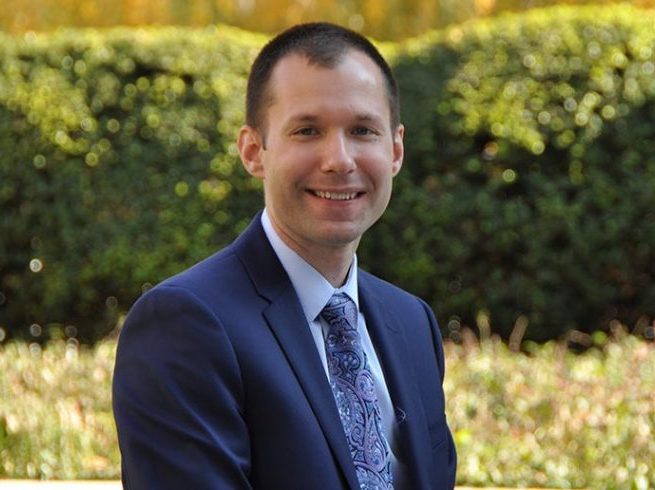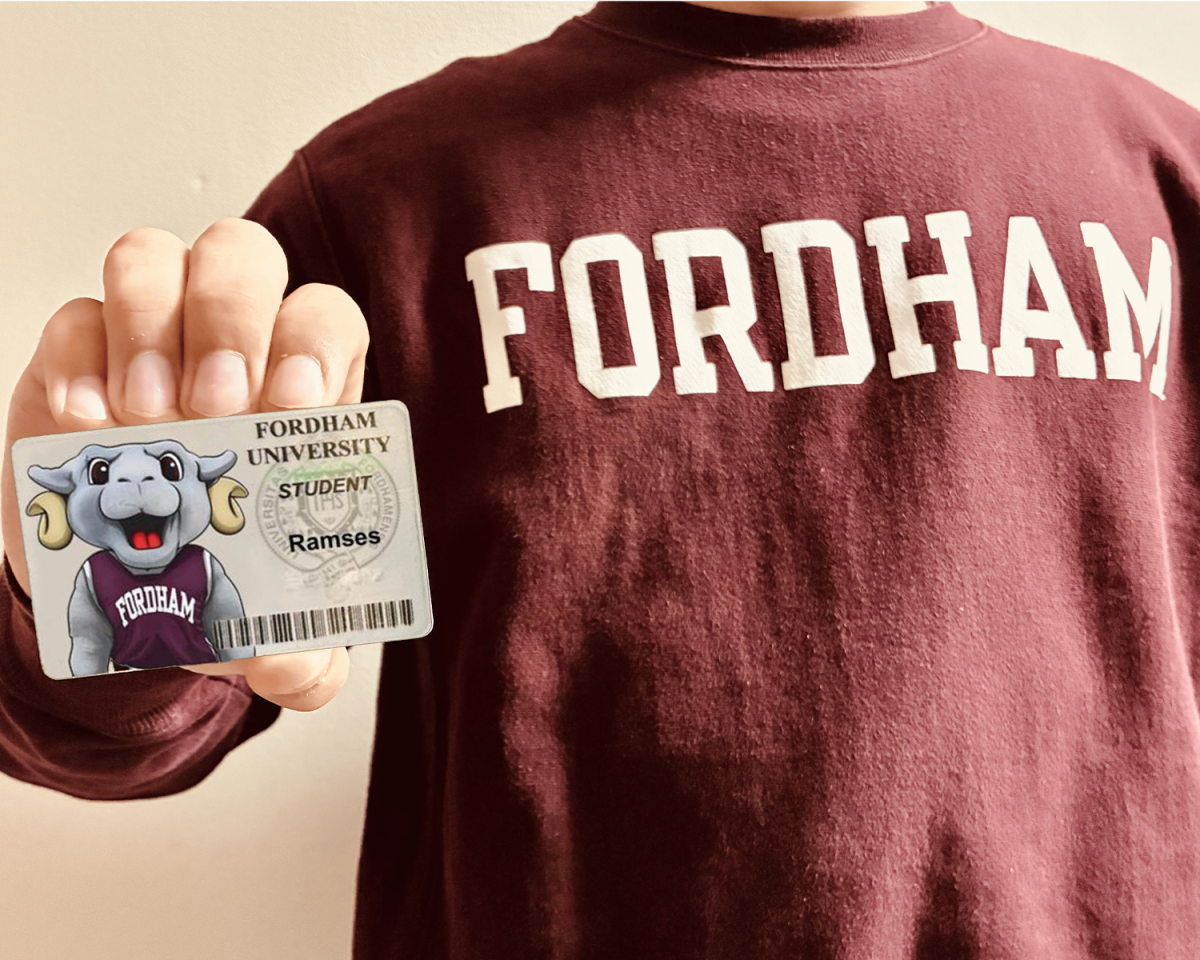By Mario Nicastro

Last Wednesday, the Fordham Marketing Association discussed the role of commercials in Super Bowl LI. The discussion, led by Linda Luca, a professor in the Gabelli School of Business, analyzed the many marketing strategies and implications for one of the biggest advertising events of the year.
Luca, who spent 30 years in advertising at McCann-Erickson, says the Super Bowl is a high-stakes arena, where companies can either win or lose big in front of an international audience.
“In the Super Bowl, there’s so much entertainment in the game itself that you can’t be a let down… you’ve got to tell a story,” said Luca. “You’ve got to do something spectacular.”
In her opinion, however, this year’s ads fell short.
“I was a little bit disappointed in Super Bowl advertising,” said Luca. “I didn’t think there was as much creativity as I’ve seen in other years… anything that was really innovative.”
Like most years, the Super Bowl featured a range of veteran and rookie advertisers. Car manufacturers commanded a lot of ad spots, which go for $5 million per 30 second segment. Avocados from Mexico and Busch Beer were a couple of the newcomers who burst onto the ad scene with their bizarre, but offbeat shorts.
Although Luca says 2017’s ads were largely lackluster, she said “there were a few smart media placements.”
One of those placements, which tied into the halftime show, was National Geographic’s advertisement for its new show “Genius.” The commercial, which aired after Lady Gaga’s halftime performance, featured Albert Einstein playing Gaga’s “Bad Romance” on a violin. The commercial was a hit, incorporating arguably the largest marketing ploy other than the game itself: the halftime show.
“It’s very interesting when you look at the choices from year to year, who they have for the headliner for the halftime show,” says Luca. “It tells you what needs they’re looking for. When they bring back, let’s say Paul McCartney, they’re looking for an older audience.”
A lot of the advertisements had political undertones, including one from 84 Lumber. The ad, which follows a Mexican family’s immigration to the United States, was cut short by Fox for its ending, in which the family reaches a border wall with a wooden door built by 84 Lumber.
Australian winemaker Yellowtail concocted a different approach to its marketing plan this year. It utilized an uncommon strategy to compete with Anheuser-Busch, who has an exclusive category ad rights for the Super Bowl. It aired its lewd ad in only 85 percent of the United States, buying advertising in 70 TV markets. The commercial follows a Yellowtail spokesman around a party scene with his pet kangaroo.
Jackie Herlan, GSB ’17 and president of FMA, thought that this commercial was unique on its own, but not very effective.
“The reaction [of the ad] is that people saw it, but didn’t know it was a Yellowtail ad until they went back and searched for it,” said Herlan. “The kangaroo, while it’s on the Yellowtail label, is not necessarily associated with the brand.”
Luca said commercial-saturated events like the Super Bowl are different for those familiar with advertising and marketing.
“It’s funny when you work in advertising and marketing, you never look at these things the same,” said Luca. “You’re always sitting there analyzing them. As you move on in marketing, you’re going to be doing the research and learning the background of commercials.”
Herlan thinks that discussions like this one are key to the development of students who want to pursue a career in marketing and advertising.
“Most of our events are panels, so we bring in established alumni. Our biggest thing is connecting alumni with students to identify their passions and interests which will hopefully lead to internships and jobs down the line.”








































































































































































































